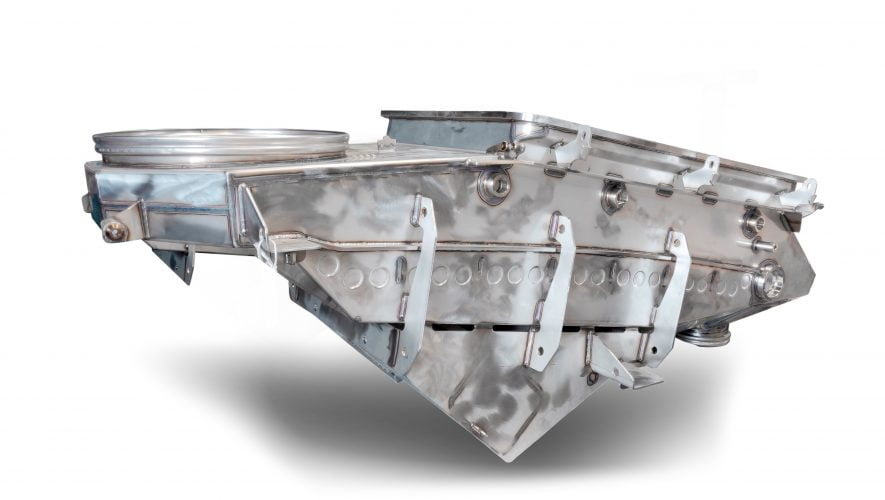Controlled Environment Agriculture (CEA) is set to reach a market value of $100 billion by 2030, with automation, digital management and analytics, lighting, growing media, crop inputs, and seeds leading the way.
The global market size for controlled environment agriculture (CEA) is set to reach a market value of $100 billion by 2030, with six potential opportunities capturing $78 billion in market share, according to new data from Lux Research, a leading provider of tech-enabled research and innovation advisory services. CEA, an indoor, technology-based approach towards cultivating crops under optimal growing conditions, is rapidly expanding due in large part to growing consumer demand for low-environmental-impact food, local food systems, and improved accessibility to high-quality produce with shorter supply chains. CEA encompasses not only the vertical farming sector but also the indoor cultivation of an ever-increasing range of specialty crops for a range of applications from food to health.
Lux’s new report, “Exploring Opportunities Arising from Controlled Environment Agriculture” explores industry momentum across the CEA landscape and categorizes the technology requirements into six potential opportunities:
- Automation – Robotics and mechanized operations to decrease labor loads and/or streamline production workflows
- Management & analytics – Tools for monitoring crops and/or tracking and optimizing production workflows
- Lighting – Light-emitting diode, high-pressure sodium, and fluorescent lighting
- Growing media – Supplied nutrients for cultivating plants without soil
- Crop inputs – Crop protection, fertilizers, biostimulants, micronutrients, and substrates for cultivating plants
- Seeds – Germplasm development through standard plant breeding, gene editing, or the use of a computational breeding platform
“In the past decade, CEA has garnered significant innovation interest, with technology development opportunities spanning a broad range of industries, including energy, building/real estate, water, and agriculture,” notes Laura Krishfield, Senior Research Associate at Lux Research and lead author of the report. “However, based on currently available CEA technology, this space still has a long road ahead to matching the costs of produce grown outdoors as well as the crop diversity.”
The three major challenges for the development of CEA systems are efficient energy management, the availability of a knowledgeable and affordable workforce, and improvements in the quality and quantity of fresh produce. The CEA industry must innovate to overcome this set of challenges or face slower growth rates that will fail to capture growing consumer demand. Download the executive summary of the report to learn more.



